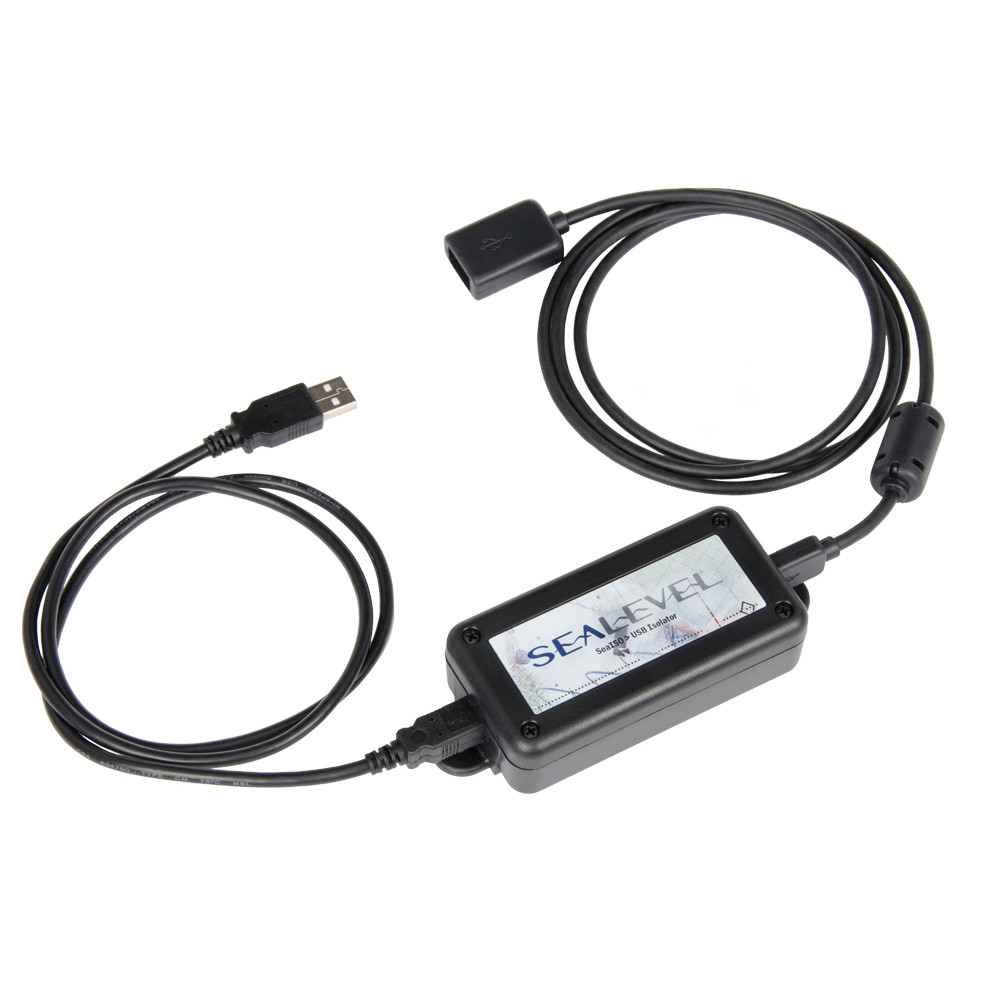Engineered for Healthcare: Medical-Grade Isolation
April 13, 2022From doctors’ offices to hospital rooms to assisted living facilities, technology is transforming the healthcare industry. More technology means more machines, and more machines mean more devices that must adhere to standards and regulations. With machinery in medicine being ever-evolving, isolation is critical for preventing current leakage and providing complete, safe medical care.
Medical-Grade Isolation
As the word implies, medical-grade isolation is used to “isolate” both the patient and the equipment operator from potential electric shock. Patients and caregivers could be exposed to cardiac arrhythmia, internal organ damage, and even death if medical-grade isolation is not in place. The IEC 60601-1 standard provides safety and effectiveness requirements for medical electrical equipment. Based on the sort of contact they have with a patient and the type of device, the IEC 60601-1 standard divides the applied parts into three groups: Body (B), Body Floating (BF), and Cardiac Floating (CF).
- If the equipment is something that can readily be released from/by the patient and is not generally conductive, it is classified as Type B. Type B is the least strict of the three classifications. Magnetic resonance imaging (MRI) scanners, x-ray machines, LED operating lighting, and hospital beds are examples of Type B applied parts.
- Type BF devices may have short-term and long-term conductive contact with an individual. Examples of Type BF include ultrasound equipment, thermometers and blood pressure equipment.
- Type CF makes direct contact with the patient’s heart. Dialysis machines and defibrillators are examples of Type CF equipment.
Medical-Grade Transformers
To ensure an additional barrier between the power supply and the patient, medical-grade transformers are also required. Medical-grade transformers are used to safeguard patients and operators from electric shock, as well as to protect equipment from power surges and malfunctioning components. In compliance with the IEC 60601-1 standard, transformers monitor for leakage currents, rise in temperature, and creepage distance. With the ability to customize the transformers’ characters through configuration, medical-grade transformers can be applied to a variety of applications such as magnetic resonance imaging (MRI) and computerized tomography (CT) scan machines.
Optical Isolation
With Sealevel’s SeaISO USB isolators, medical-grade isolation is achieved through optical isolation. Optical isolation enhances the dependability of I/O applications in medical applications by reducing the complications caused by ground loops, electromagnetic interference (EMI), and surges. When there are several paths to the ground between linked devices, duplicate ground references, sometimes known as ‘ground loops,’ can develop. Ground loops contain an unpredictable voltage that can produce enough current to destroy sensitive electrical equipment. Ground loops, like antennas, are susceptible to electromagnetic interference (EMI), which can cause communication issues. Additionally, surges can also produce an abrupt rise in voltages. Once ground loops are eliminated, EMI is reduced, and a physical barrier between linked devices is created between linked devices. Therefore, the patient and operator have protection against electric shock, as well as the equipment from power surges or malfunctioning components.
Medical-Grade USB Isolators

Sealevel’s SeaISO USB isolators are UL recognized and provide medical-grade optical isolation between the host computer and connected USB equipment. As a result, USB devices are protected by SeaISO isolators from dangerous ground loops, destructive transients and surges that are common in commercial, industrial, and medical environments. By minimizing current leakage and protecting power and data lines, devices with medical-grade isolation are essential in preventing accidents and providing optimal patient care.